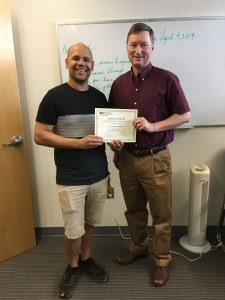We are pleased to announce that we are organizing a session to highlight “Living Laboratory Experiments for Innovations to Improve Human Health Outcomes in Warming and Growing Cities” at the upcoming Centennial meeting of the American Geophysical Union (AGU), 9-13 December, 2019.
This session will focus on experiments to improve understanding of complex interacting urban environmental challenges (e.g., extreme heat, air pollution, urban flooding), with an emphasis on translation of knowledge into action to improve human health outcomes.
Two categories of experiments will be highlighted: natural experiments in which spatial or temporal variations in urban design, policies or surface characteristics result in markedly different environmental and human health outcomes; and designed experiments in which urban planners/managers, community stakeholders, and researchers collaborate in the co-design and implementation of strategies and technologies to affect urban environmental parameters with the end-goal of improving human health outcomes. In both cases presenters are asked to highlight lessons learned and barriers to effective urban environmental planning and mitigation efforts.
We look forward to receiving your abstracts for oral or poster presentation in this session!
—–
ABSTRACT DEADLINE: 31 July 2019 23:59 EDT/03:59 +1 GMT.
Session ID 80729: Living Laboratory Experiments for Innovations to Improve Human Health Outcomes in Warming and Growing Cities
Organizers:
David Sailor and Paul Coseo, Arizona State University
Chanam Lee and Bruce Dvorak, Texas A&M University


